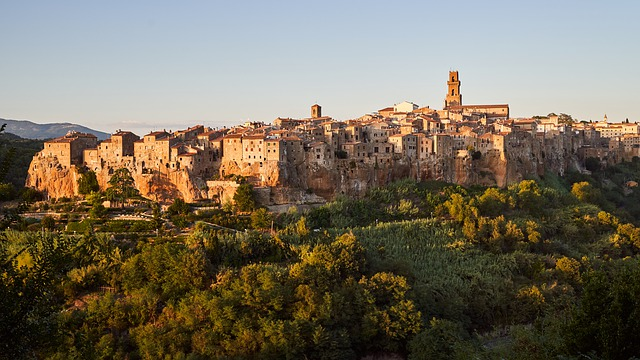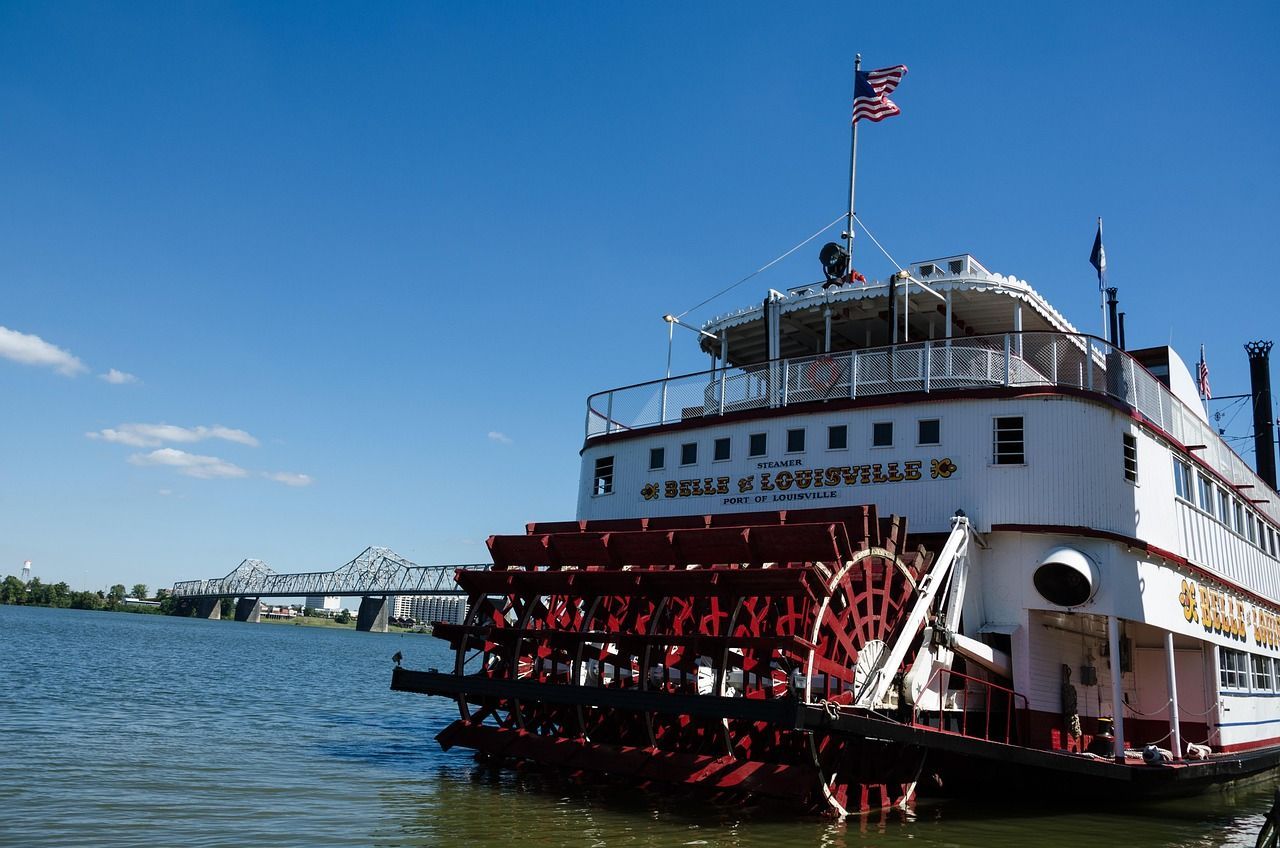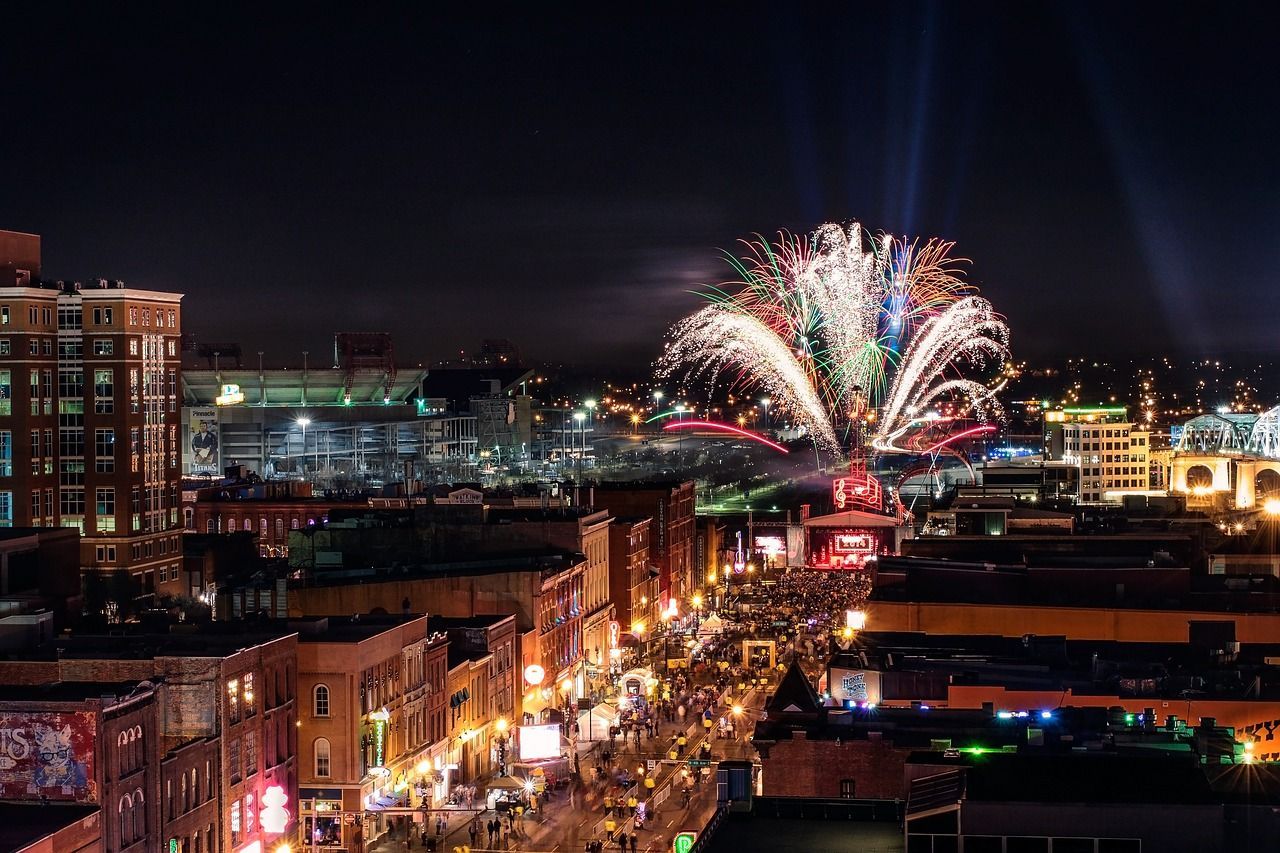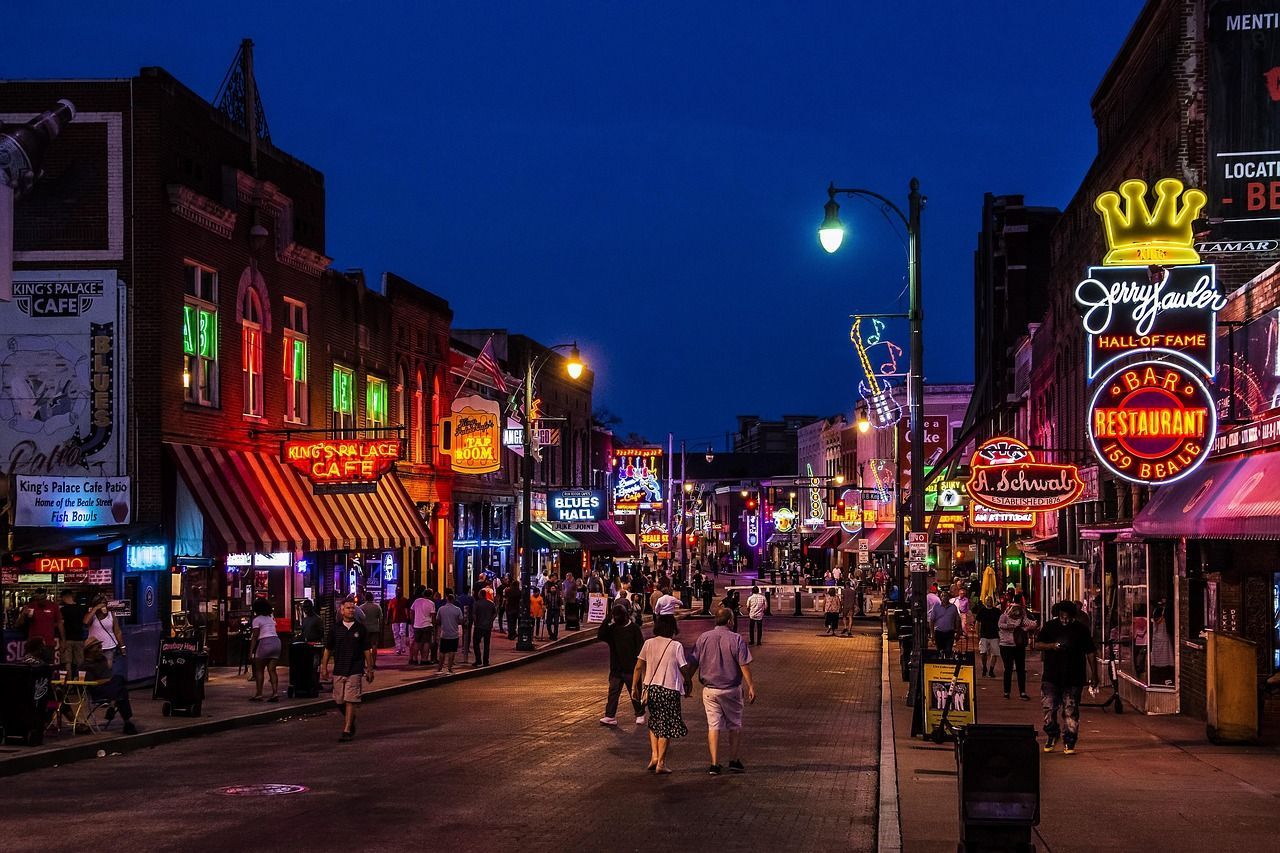Deciding on what to do and see can be quite a challenge in an area as vast and historic as Tuscany. From big cities to small towns and traditional villages, there are options to be found here no matter what sort of experience you are looking for.
That’s why we have compiled our list of the 10 best things to do in Tuscany. This should give you a better understanding of what is really on offer and help you to identify some of the very best options.
So, if you are planning to visit Tuscany and want to make planning your trip as stress free as possible, I highly suggest reading on.
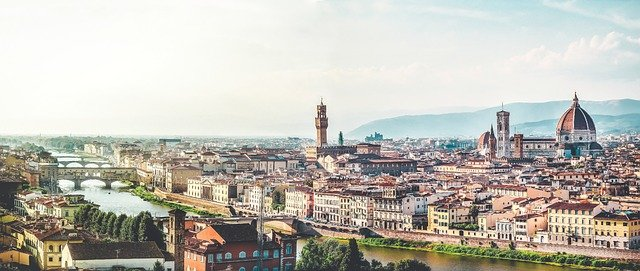
Tuscany At A Glance
Tuscany is the 5th largest and 9th most populous region in Italy. Covering 8875 square miles (22,987 square km), it is a location known around the world for its extensive collection of artistic, historic, and cultural attractions, as well as its beautiful landscapes and incredible weather.
The second most popular region in Italy among tourists, it is widely regarded as the birthplace of the Renaissance movement.
One of the most important developments in art, architecture, and science in history, Renaissance icons such as Leonardo Da Vinci were born and raised in the Tuscany region.
With more than eight towns designated as UNESCO World Heritage Sites, 120 protected nature reserves, cultural institutions such as vineyards, and a thriving seaside and tourism industry, Tuscany is an incredibly rich and diverse location, which is visited by tens of millions of people each year.
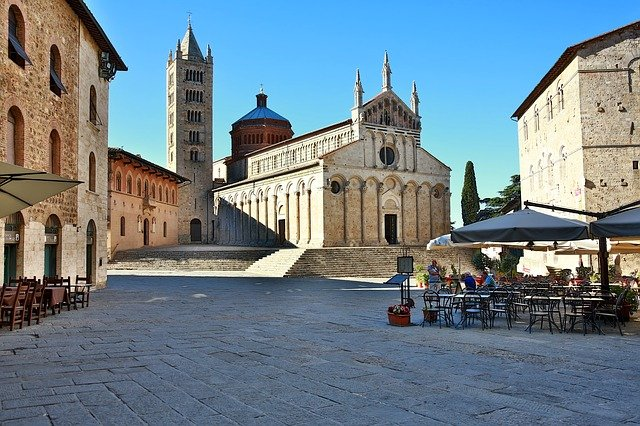
Best Time To Visit Tuscany
Like many parts of the Mediterranean, the Tuscany region features largely pleasant temperatures year round. This means choosing the best time to visit Tuscany isn’t quite as important as it can be with other destinations.
However, those looking for the absolute best period to visit should do so between early May and the end of October, as this is when the weather is at its peak. That said, you may want to avoid visiting during school holidays, if at all possible, as it can get notably busier at these times of year.
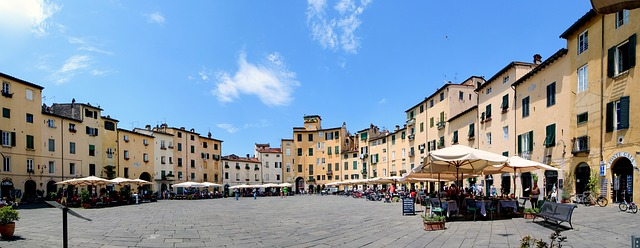
Best Things To Do In Tuscany
As we move to our list of the 10 best things to do in Tuscany, I am going to suggest a broad range of options. These will include things to appeal to travellers of all different tastes and interests, while ensuring you have something to cover everything that Tuscany is known for.
Be Amazed By The Historical Artifacts Housed Within The Galleria Dell’Academia Di Firenze
Established in 1784, the Galleria dell’Academia di Firenze is the second most visited art museum in all of Italy. It is home to an incredible collection of exhibits and artefacts, many of which were originally a part of the Medici family’s private collection.
The majority of the exhibits are paintings by Florentine artists that were created from the 14th to 17th century. However, its biggest draw is the collection of sculptures by the legendary Florentine artist Michelangelo, including his iconic masterpiece “David”.
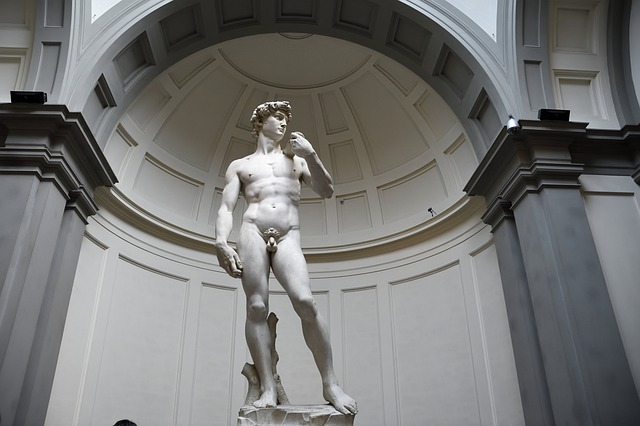
Marvel At The Grandeur Of The Cathedral Of Santa Maria Del Fiore In Florence
Also known as the Duomo di Firenze Basilica or Florence Cathedral, the Cathedral Of Santa Maria Del Fiore is a stunning building that was constructed over the course of 140 years, between 1296 and 1436.
Designed in a combination of Gothic, Renaissance, and Romanesque styles, as well as featuring an elaborate Gothic Revival façade that was added in the 19th century, the cathedral is a perfect representation of the changing architectural styles in both Florence and Italy as a whole.
The interiors are decorated with stunning statues, paintings, and works of art, making it a beautiful attraction both inside and out. Below the cathedral, a crypt containing the grave of Brunelleschi, one of the cathedral’s architects, is also open for the public to visit.
The iconic Brunelleschi’s Dome atop the cathedral is one of the most iconic sights in the city, while the lantern at its peak is also the highest point in all of Florence. More energetic visitors have the option to climb the 436 steps to its summit, to take in stunning views of the region.
One of the most visited buildings on Earth, the Florence Cathedral is located in the Piazza del Duomo and combines with the nearby Baptistery and Giotto’s Campanile to form the city’s UNESCO World Heritage Site.
Part of the historic core of the city, it is a sight not to be missed on a visit to Florence.
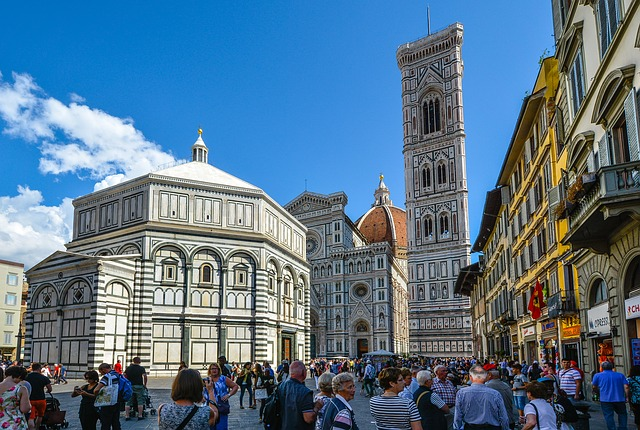
Enjoy A Day Out At The Piazza Del Campo In Siena
The Piazza Del Campo is the town Square of Siena, a central location overlooked by Siena’s City Hall and the Tower of Mangia. It is the beating heart of the city, and a place that simply must be visited by anyone visiting Siena for the first time.
Established as a marketplace at some point prior to the start of the 13th century, it was first paved in 1349. Constructed primarily with fishbone patterned red bricks, it is divided into nine sections with eight lines of travertine limestone.
Each of the sections is designed to represent one of the Noveschi, a council of nine that founded and governed the city from 1287 to 1355. They are arranged in a fan that resembles the cloak of the Virgin Mary, who is the patron saint of Siena.
Surrounding the square, the Palazzi Signorili houses some of the most historically prominent families in Siena, while you will also find the Gothic Chapel Of The Virgin. Meanwhile, located within the square is the Fonte Gaia, a beautiful fountain surrounded by elaborate carvings.
Each year, the Piazza Del Campo also hosts the biannual Palio Di Siena horse race on the 2nd of June and the 16th of August. Seventeen riders, one representing each of the wards of Siena, race bareback around the edges of the square.
The first to complete three laps is declared the winner and brings honour to their ward. Riders often fall during the race, but riderless horses can still race on to claim the victory by themselves.
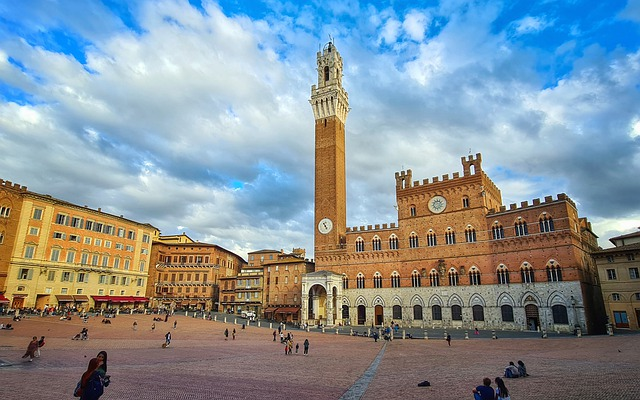
See One Of Italy’s Most Iconic Landmarks, The Leaning Tower Of Pisa
Designed with stunning Romanesque architecture, the Tower Of Pisa took almost 200 years to complete, being constructed between 1173 and 1372. The tower began to lean shortly after construction began in the 12th century, due to the soft grounds on which it was being built.
Originally intended to be the bell tower for the adjacent Pisa Cathedral, the bell has never actually been rung, due to fear the vibrations would affect its already precarious foundations and cause it to fall.
By the end of the 20th century, it had reached an angle of 5.5 degrees and structural engineers believed it was only a matter of time before it toppled over.
After a near decade long process, this was eventually reduced to less than 4 degrees, providing stability, without removing its novel and iconic lean.
It is now even strong enough for visitors to safely climb to the top of the tower and appreciate the stunning views of the surrounding city.
A central part of the surrounding Piazza Del Duomo UNESCO World Heritage Site, its incredible architecture, sculptures, and history make it one of the most famous and visited attractions in Italy.
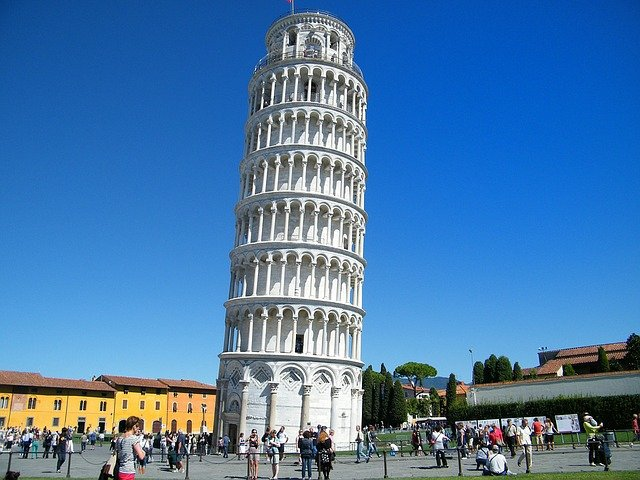
Learn About Italian Wine Making At The Barone Ricasoli Vineyard
The Barone Ricasoli Vineyard is the largest vineyard in the Chianti region and the oldest in all of Italy. Having been in operation since 1141, it is also recognised as one of the four oldest businesses in the world.
The vineyard is famously known as the location where 2nd Baron Bettino Ricasoli created the modern recipe for Chianti wine, which has been produced by the family ever since.
Covering almost 1,200 hectares, visitors will discover not only vineyards but also olive groves, woodlands, hills, valleys, and even a castle.
This allows you to freely roam the beautiful countryside, before getting to know everything you could ever ask about traditional Italian wine.
The gourmet, on-site restaurant even provides the perfect opportunity to enjoy some of the vintages paired with a fabulous meal. What better way to refresh after a long day of learning and exploring?
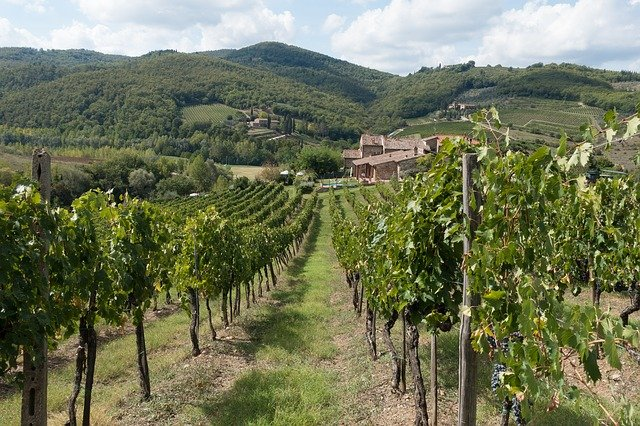
Explore The Walled Historic City Centre Of Lucca
Set on the shores of the Serchio River, in the province of Lucca, is an ancient, Medieval city, which is famous for how incredibly well preserved many of its historic features are.
It is nicknamed the “City Of 1000 Churches”, for the incredible collection of basilicas, cathedrals, and churches found here.
The historic centre still retains the street plan from its Roman founding, while the beautiful Piazza San Michele sits on the site of an ancient Roman forum. Eagle eyed visitors will even be able to spot traces of an amphitheatre in the Piazza dell’Anfiteatro.
Without doubt, its most legendary attraction is the miraculously well preserved city walls.
Designed in the Renaissance style by Leonardo Da Vinci himself in the 15th century, they provide perhaps the best chance anywhere to see the work of this legend close up in its original location.
Heavy restrictions on cars passing within the walls, as well as fewer tourists, allow Lucca to maintain a historic atmosphere that is lost in many similar but more touristy Tuscan towns
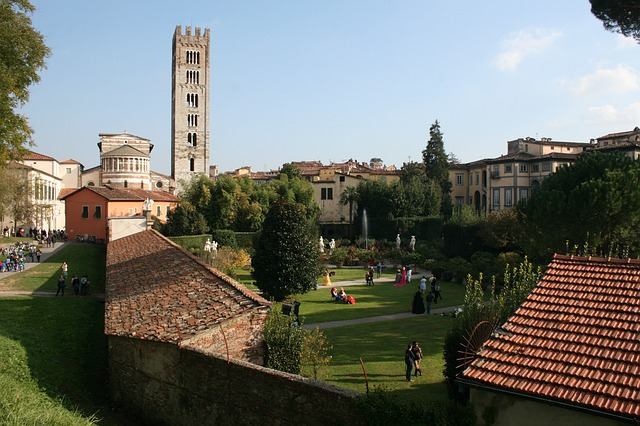
Learn About The History Of Italian Art At The Uffizi Gallery In Florence
Home to Largest collection of Renaissance artwork in the world, the Uffizi is among the most famous art museums on Earth, as well as being the most visited in Italy. It was originally used to house the private collection of the Medici family.
Visitors began being permitted access in the 16th century upon request, before it was officially opened to the public in 1765. Exactly one hundred years later, in 1865, it was then converted into a museum where all could enjoy the works and learn about them.
Filled with sculptures, statues, and paintings, as well as generally stunning décor, art fans will be in awe of the incredible sights that await them inside. Many of the exhibits are even world famous pieces, such as “The Birth Of Venus” by Botticelli.
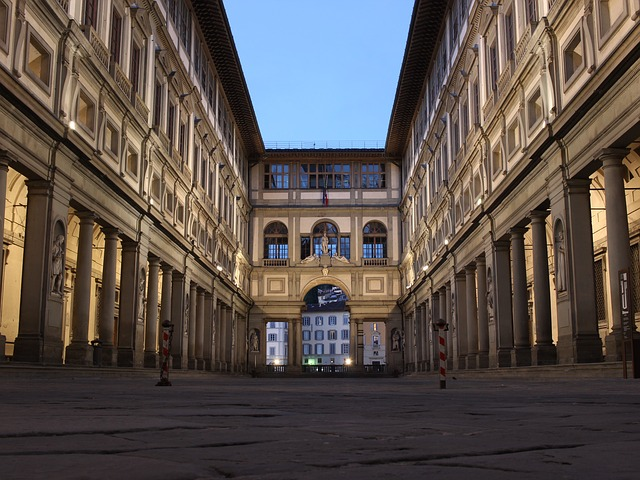
Travel Down The Orcia Valley Wine Route
The Orica Valley Wine Route, also known as the Val d'Orica wine road, is a circular route covering more than 200km (124 miles) through the Val d’Orcia region of the Siena province, a designated UNESCO World Heritage Site.
A part of Italy world renowned for its wine, this is an ideal road trip for connoisseurs to discover everything there is to know about their favourite vintages.
Travelling through at least 13 towns, with more than 70 stops at fabulous vineyards, wine bars, and wineries, you can see the grapes being grown and watch them being transformed into wine, before sampling them directly from the source and learning to pair them with wonderful local delicacies.
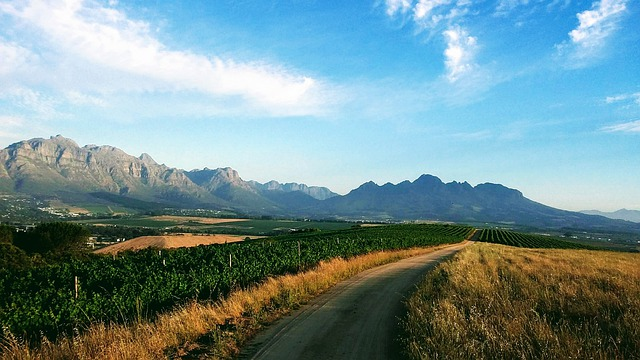
Visit The Remaining Towers Of San Gimignano
San Gimignano is a small, walled, medieval town in the hills, which is famous for its stunning Gothic, Medieval, and Romanesque architecture, as well as incredible vistas of the surrounding area.
Designated a UNESCO World Heritage Site in 1990, it is filled with churches, palaces, and secular buildings.
Its most famous attraction was the collection of 72 towers that once stood towering over the rest of the town. While only 14 still remain, it provides a perfect opportunity to see how the region has changed through the years, while offering a truly authentic atmosphere.
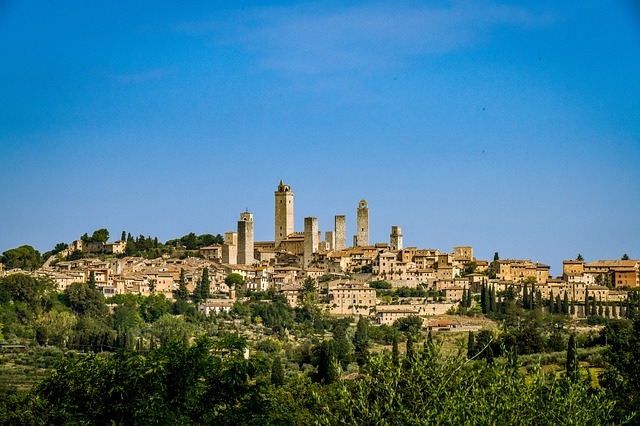
Relax In The Hot Springs of Bagno Vignoni
The village of Bagno Vignoni is found in the Val d’Orcia Natural Park and is well known for its hot springs. At the centre of the town, a rectangular tank known as the “Square Of sources” has been a natural source of volcanic water since the 16th century.
The main hot springs, however, are located at the Antiche Terme Romane Libere thermal swimming hole on the outskirts of town. The stunning waterfalls and crystal clear blue water create a natural and relaxing atmosphere to enjoy while you soak in the warming springs.
For anyone who wants to enjoy a hot spring but doesn’t have the time to dedicate to travelling to Bagno Vignoni, there are also thermal baths close to Pistoia. These offer a more convenient location to get to, but lack the scenic, natural beauty of Bagno Vignoni.
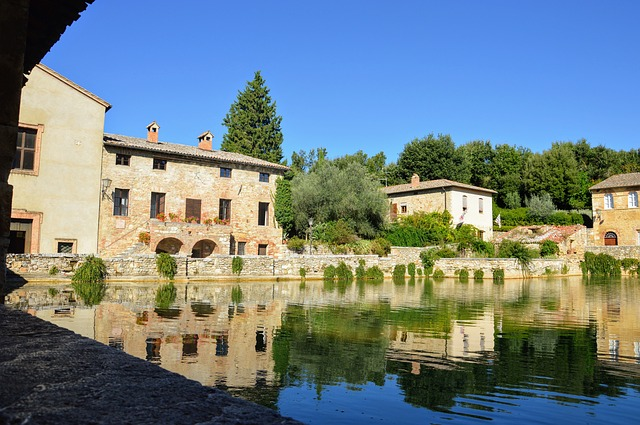
Best Hotel To Stay At In Tuscany – Portrait Firenze – Lungarno Collection
The Portrait Firenze – Lungarno Collection is an absolutely exquisite, 5-star hotel, located in the heart of Florence, just yards from the Santa Maria Del Fiore Cathedral.
The hotel itself features beautiful, historic architecture, while offering panoramic views over Florence and the Arno River. Its spacious suites are filed with the finest, handcrafted furniture, while boasting marble bathrooms.
Luxuries like air conditioning, Wi-Fi, bathrobes, slippers, toiletries, and entertainment systems including a flat screen TV, iPad, and iPod docking station all come as standard, as do conveniences such as a coffee machine and dishwasher.
The on-site Caffe dell’Oro serves fabulous cuisine from early morning to late night, with all dishes prepared by a Michelin-starred chef. There is also a beautiful bar for you to relax in with a drink of an evening.
An executive lifestyle assistant will be on hand throughout your stay, to help ensure your every need is catered to. The property is also pet friendly, so there are no concerns for anyone who prefers to travel with the four-legged members of their family as well.
Guests even receive complimentary access to the nearby White Iris Beauty Spa, located just 20 yards from the property. However, be aware the beauty treatments will require an additional fee.
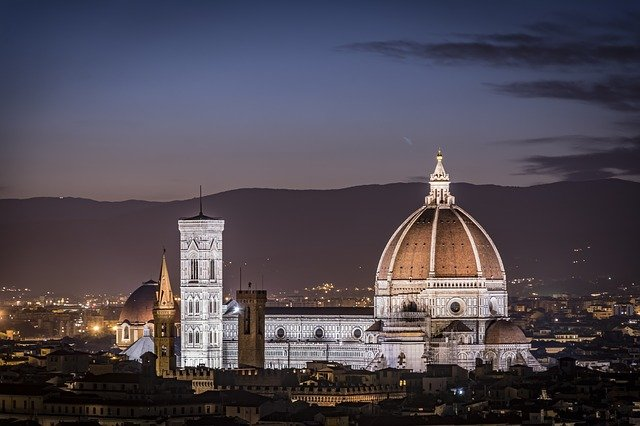
Conclusion
Tuscany is an incredible region, which is among the best in all of Italy. Filled with rich history, vibrant culture, and stunning natural beauty, while boasting incredible weather almost the entire year, it is a fabulous place to visit for people of all tastes and interests.
With an area so large, the opportunities available in Tuscany are seemingly endless, with some people spending their entire lives here and still not seeing everything.
That said, this list of the 10 best things to do in Tuscany features what we believe to be the cream of the crop. It should therefore give you a fabulous place to start when it comes to planning your own trip.
All you need to do now is start working out your itinerary and decide just how long you will need to dedicate to your adventure. That way, you can start getting things booked, so you don’t have to miss out on anything you want to see or do on this once in a lifetime vacation.
